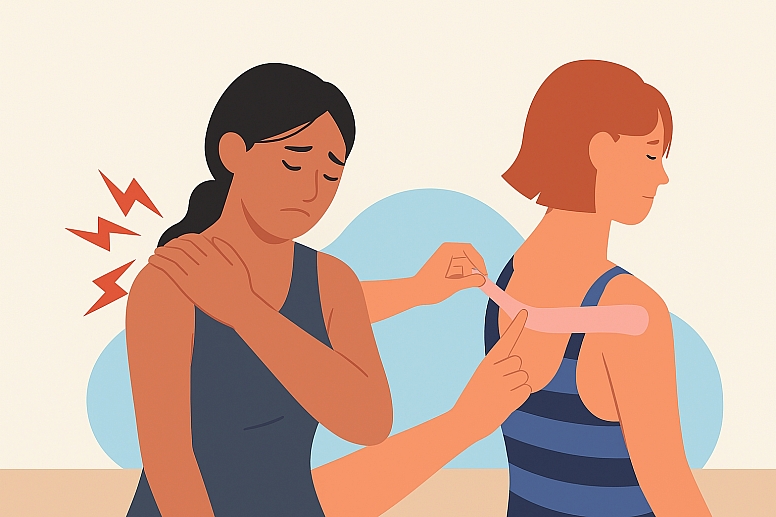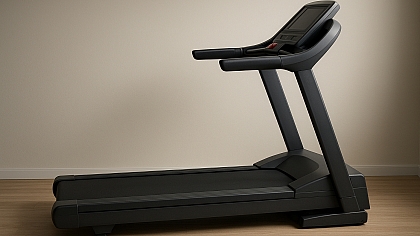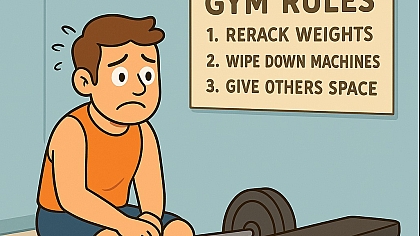
Identifying Warning Signs of Restricted Motion After Fitness Routines
Regular fitness routines bring strength, balance, and flexibility to the body, but sometimes they can also lead to strain or stiffness that limits mobility. Recognizing when restricted motion is developing after exercise is key to preventing long-term issues. Many people brush off mild discomfort, thinking it will fade, but stiffness or pain that lingers can signal underlying problems. When the joints stop moving as freely as they used to, it often points to inflammation or tightening of the soft tissues that support movement. Early detection allows for timely management, preventing conditions like joint impingement or frozen shoulder from progressing.
Recognizing Shoulder Issues and Treatment Options
Among all joints affected by fitness-related strain, the shoulder is one of the most vulnerable. It supports a wide range of exercises, from weightlifting to yoga, and repetitive motion can easily irritate its complex structure. A dull ache after a workout may seem harmless, but if pain persists or the arm starts losing range of motion, it might indicate tightening of the capsule that surrounds the joint. When this happens, professional assessment becomes necessary. Treatments vary depending on the severity of the condition, from physical therapy and gentle stretching to targeted medical interventions such as frozen shoulder treatment, which helps restore mobility and reduce inflammation. These specialized treatments aim to release stiffness and speed up recovery, making it possible for individuals to return to their routines without discomfort or long-term damage.
Understanding Early Signs of Restricted Motion

Recognizing the earliest signals of restricted motion can prevent minor irritation from turning into chronic stiffness. Many people notice tightness or a heavy sensation in their shoulders, hips, or knees after workouts, which can gradually lead to more pronounced limitations in movement.
Morning stiffness, difficulty reaching overhead, or trouble performing simple tasks like fastening clothing are subtle indicators that flexibility is decreasing. In these cases, rest alone is rarely enough. Stretching with attention to proper form, hydrating well, and balancing muscle groups through cross-training can help reduce tension that leads to restriction. Ignoring these symptoms may cause scar tissue to form, which can make recovery slower and more painful.
Common Causes Linked to Fitness Routines
The causes of restricted motion after fitness activities often lie in overuse, poor technique, or lack of proper recovery. Muscles and tendons need time to heal after being stressed during workouts. When this process is rushed, microtears and inflammation can accumulate. Over time, this restricts movement and reduces strength. Poor posture during training is another frequent contributor, especially in activities involving repetitive overhead movements like swimming, weight training, or boxing. Failing to stretch after workouts can also tighten connective tissue, trapping muscles in shortened positions that affect flexibility.
Maintaining Healthy Joint Mobility After Exercise
Sustaining healthy movement after fitness routines requires awareness, consistency, and patience. Gentle dynamic stretches before workouts prepare the joints for motion, while static stretches afterwards help maintain flexibility. Applying heat or cold, depending on the type of soreness, can also support recovery.
For those recovering from injuries or dealing with early signs of restricted motion, guided physiotherapy sessions can rebuild strength safely. Nutrition plays a role as well, with hydration and adequate intake of nutrients supporting the body’s repair processes. Maintaining a balance between exertion and rest prevents stiffness from recurring.
Restricted motion after fitness routines is more than a temporary inconvenience; it is a signal that the body needs care. With mindful attention to these warning signs, every movement can remain strong, steady, and pain-free.









